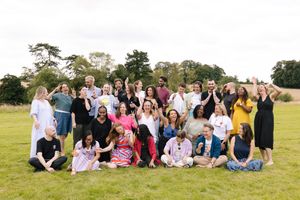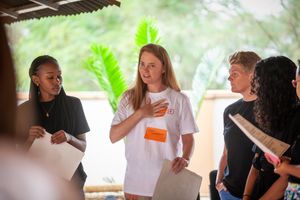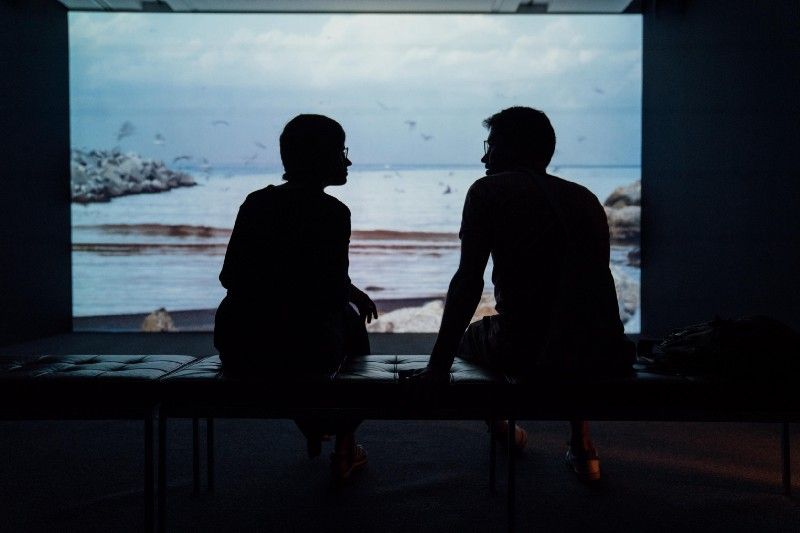
Four principles for teams and individuals
🧑🏫 Learning doesn’t just happen in classrooms when we’re children, it happens all the time: when we’re in conversations with friends, tune in to a podcast or try out a new recipe.
It’s the very thing that makes us uniquely human. We are the only animals with collective intelligence, which means we build on the hard-won insights and experience of all who have gone before us, and we amass knowledge as a species.
More practically, learning is assimilating new information and using it to improve how we do things, making sure we don’t repeat mistakes we’ve made before or that we at least glean insights from them, and using our own or others’ experience to be better, faster, more effective. At its very core, learning is quite literally changing our minds.
And learning is magical. The benefits go far beyond that new information and knowledge we assimilate. The process of learning stimulates the brain and encourages the formation of neural pathways, which help us build a learning muscle. There are many grown up equivalents of the classrooms we remember from school, like teams at work. There, learning is at the core of how organisations adapt to unexpected changes, like a global pandemic.
Whether you’re here on this page to improve your own learning or embed it across your programme, I would like to share with you four evolving principles to help intertwine individual and team level learning (which is what we try to do at Brink).
Principle 1: Put teams at the core 👨👩👧👦
Unlike schools, there is no pre-existing curriculum for teams. We need to actively work with those who will be engaged in the learning to decide what they need and want to learn about. We place co-creation at the core, as a way for teams to own and be responsible for their own learning. In practice, this looks like having a lot of conversations with different people across the organisation to understand their goals and needs, and the nitty gritty details (like the types of examples that will resonate best).
What we’ve learned
📦 Who owns and manages the learning is key
It’s important that someone within the organisation owns the learning (we call them champions) in order to provide context, and to surface their colleagues’ needs and priorities.
📲 Digital means endless possibilities, both good and bad
Working digitally means that we can reach anyone, anytime, on anything. This allows us to create richer connections at the global level, but also limits our ability to pin down that learning champion and the concrete opportunities to turn learning into action.
What we’re still learning:
🖍 Could the process of co-creating a mission with teams support a sense of ownership around the learning?
We’re currently experimenting with teams setting metrics of what they hope the learning will lead to, in order to flesh out how the learning aligns to their work, and further this sense of ownership.
💪🏽 How can we ask teams to get ‘skin in the game’?
Behavioural sciences tell us that being asked to invest (ie. skin in the game) helps us make a decision as to whether we think it is worth it. In a digital world, where we’re overrun by content, how can we create that sense of investment?
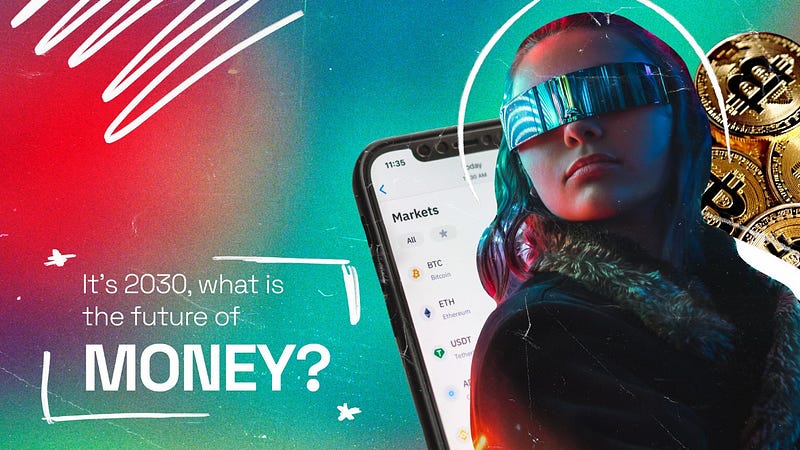
Principle 2: Close the gap between learning and action 🤏🏽
Learning doesn’t happen overnight but is a virtuous cycle where individuals and teams expand their understanding of what is possible, reflect on it, and then apply it in practice. Neuroscience tells us that reflecting and practicing new information makes it ‘stickier’. In practice, we think about how we can support teams to put into practice new ideas or perspectives as quickly as possible.
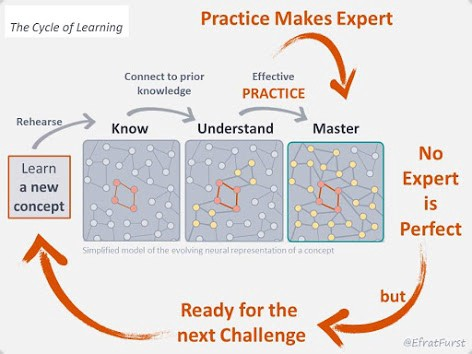
What we’ve learnt:
🏊🏻♀️ No one learns to swim by sitting by the poolside
Regardless of how different people engage with different questions and content, we know that reflection and practice has to be embedded in the design. The most impact comes from anchoring learning around key actions within individual and team work, like the design of new programmes or global initiatives.
🏑 It’s not easy to find spaces to apply the learning
Because Brink is not embedded in the organisations we design learning journeys for, we can’t create work, but rather only leverage what is happening. This means that we need to dig to find concrete, practical opportunities to apply the learning into.
What we’re still learning:
🌐 Does this cycle work when we move beyond teams that work together? When teams work together, we can leverage deep knowledge of their work and their social dynamic. When they don’t, what does a call to action look like? How do we find it and leverage it?
Principle 3: Make learning engaging 🤹🏽♂️
People do not shift their mindset or understanding by osmosis. They have to make a choice to engage, so learning needs to happen when the topic is top of mind and has space to be applied in a way that works for them. In practice this looks like asking ourselves and teams whether they have the capacity and time to engage, and understanding how we can tie the explorations to what work or topic is salient for them within their work.
What we’ve learnt:
🙈 A lack of engagement does not mean a lack of interest
There’s three factors that drive engagement with learning: general interest, capacity and time, and perceived value. We use these factors as levers to engage people on the journey.
👁 We can only surface what we see
Pulling at the right levers allows us to engage with the people we can see, but we know that we miss those who are not engaging, and this skews us towards meeting the needs of those we know, or see.
What we’re still learning:
👥 How can we use different learning methods or topics to engage different people?
Because we can only see what we can see, we’re hoping to use a variety of topics and questions to surface the perspectives of others, and opt them into the journey.

Principle 4: Build a bridge between old and new information 🌉
Mastering new knowledge is not a singular, unique experience, but rather a convergence of previously understood knowledge, with new information and understanding as individuals and then a team. In practice, we continuously build a bridge between what is familiar and what is novel. We do this by understanding the existing priorities, perspectives and the existing knowledge, and provide opportunities for teams to come together in their new understanding.
What we’ve learnt:
🏗 The endless possibilities of digital limits our understanding of what we’re building
Being digital allows us to provide diverse experiences for individuals, and allow them to engage in the best way for them. However, this also creates a risk where we have less visibility of what their previous knowledge is, how they can build on it as a team, and what they can do with it.
🖼 Framing the journey helps build the connection between individual and team learning
Because we are working at the team and organisational level, we know that not everyone knows why the learning matters for them. People will engage when new knowledge is salient to their work, but also when the process of learning is a social process with their teams and colleagues.
What we’re still learning:
🏞 How can teams mainstream the learning as a team?
To go from understanding to mastering new knowledge, we need to use it over and over again. So while a learning partner can create or curate materials, facilitate conversation, and convene key actors in the ecosystem, teams need to be the ones moving the learning into practice.
How do we turn this into action?
These principles have helped us anchor how we think about individual and team learning. Next we’ll be pulling together what we’ve learnt about actually designing learning journeys, especially in this new, remote, digital world.
I’d love to hear from you! What’s a learning experience that has really worked for you? What’s one that hasn’t? Drop me an email: [email protected].
🚀 If you’re hungry for more, why not try one of these next:
- Dave’s article on how we facilitate purposefully?
- HBR’s article on Where Companies Go Wrong with Learning and Development
- Miranda’s article on Communities of Learning
